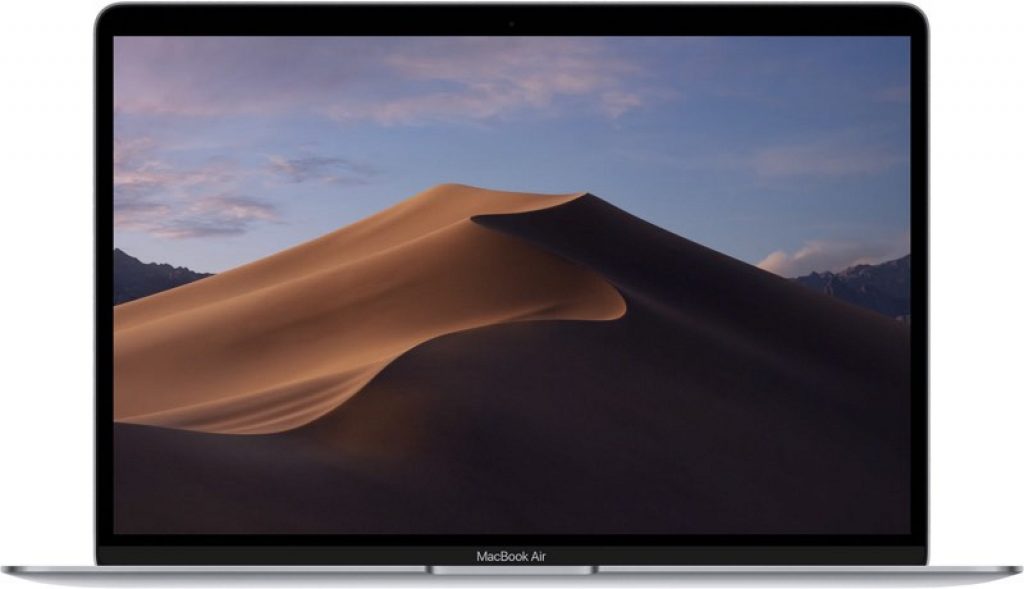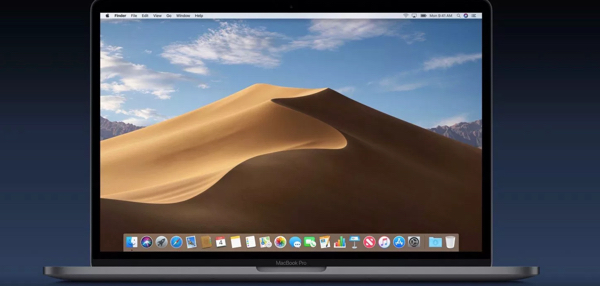Are you frustrated with your Mac freezing up after updating to MacOS Mojave? You’re not alone. Many users have reported experiencing freezing problems with their Macs after installing the Mojave update. But don’t worry, we’re here to help you troubleshoot and resolve these freezing issues.
In this comprehensive guide, we will walk you through various solutions to fix the freezing problem in MacOS Mojave. From force quitting unresponsive apps to reinstalling the operating system, we’ll cover everything you need to know to get your Mac running smoothly again.
The Freezing Problem in MacOS Mojave
After the release of MacOS Mojave, a significant number of users have reported freezing issues on their Macs. The freezing problem occurs when the screen gets stuck at the login screen or becomes unresponsive to any commands. This issue can be frustrating and hinder your productivity.
The freezing problem in MacOS Mojave can be caused by various factors, including incompatible third-party apps, software conflicts, or even hardware issues. It’s important to understand the root cause of the problem before attempting any troubleshooting steps.
Troubleshooting Steps for MacOS Mojave Freezing Issue
To resolve the freezing problem in MacOS Mojave, we have outlined several troubleshooting steps below. Follow these steps in order, and hopefully, you’ll be able to fix the issue and regain control over your Mac.
Step 1: Force Quit Unresponsive Apps
If you experience freezing issues immediately after logging into your Mac, there might be an unresponsive application causing the problem. To force quit the unresponsive apps:
- Click on the Apple menu in the top left corner of your screen.
- Select “Force Quit” from the dropdown menu.
- A window will appear showing the list of currently running applications.
- Select the unresponsive app from the list and click on the “Force Quit” button.
- After force quitting the app, check if the freezing issue persists.
- If the issue persists, consider updating or uninstalling the app that was causing the problem.
Step 2: Boot into Safe Mode
If force quitting the unresponsive apps didn’t solve the freezing problem, try booting your Mac into Safe Mode. Safe Mode is a diagnostic mode that helps identify and resolve software-related issues. Follow these steps to boot into Safe Mode:
- Turn off your Mac if it is already on.
- Press the power button to turn on your Mac and immediately press and hold the Shift key.
- Release the Shift key when you see the login screen.
- Log in to your Mac and check if the freezing issue persists.
- If the freezing issue doesn’t occur in Safe Mode, it indicates that a third-party app might be causing the problem.
- Identify the problematic app and uninstall it to resolve the freezing issue.
Step 3: Boot into Recovery Mode
If Safe Mode doesn’t help resolve the freezing problem, the next step is to boot your Mac into Recovery Mode. Recovery Mode provides advanced troubleshooting options to fix various software-related issues. Here’s how you can boot into Recovery Mode:
- Turn off your Mac.
- Press the power button to turn on your Mac and immediately press and hold the Command (⌘) and R keys together.
- Release the keys when you see the Apple logo on the screen.
- You will now enter the MacOS Utilities window.
- Select “Disk Utility” and click on the “Continue” button.
- In the Disk Utility window, select “View” and then choose “Show All Devices”.
- Click on your startup disk and then click on the “First Aid” button.
- Follow the on-screen instructions to complete the disk repair process.
- Once the process is complete, restart your Mac normally and check if the freezing problem is resolved.
Step 4: Reinstall MacOS Mojave
If none of the previous steps helped fix the freezing issue, you can try reinstalling MacOS Mojave. Reinstalling the operating system can resolve any software-related problems that might be causing the freezing issue. Follow these steps to reinstall MacOS Mojave:
- Turn off your Mac and then turn it on again.
- Immediately press and hold the Command (⌘) and R keys until you see the Apple logo.
- Release the keys when the MacOS Utilities window appears.
- Select “Reinstall MacOS” and click on the “Continue” button.
- Follow the on-screen instructions to complete the reinstallation process.
- Once the reinstallation is complete, check if the freezing problem is resolved.
Additional Tips to Prevent Freezing Issues in MacOS Mojave
To prevent freezing issues in MacOS Mojave, consider implementing the following tips:
- Keep your Mac and apps up to date with the latest software updates.
- Regularly clean up your Mac by removing unnecessary files and applications.
- Disable unnecessary startup programs to reduce the load on your system.
- Reset the System Management Controller (SMC) on your Mac to resolve any hardware-related issues.
- Create regular backups of your important data to prevent data loss in case of system issues.
Conclusion
Dealing with a freezing issue in MacOS Mojave can be frustrating, but by following the troubleshooting steps outlined in this guide, you should be able to resolve the problem. Remember to force quit unresponsive apps, boot into Safe Mode or Recovery Mode if needed, and consider reinstalling MacOS Mojave as a last resort.
If the freezing issue persists even after trying these solutions, it may indicate a hardware problem. In such cases, it is recommended to contact an authorized Apple service provider for further assistance.







